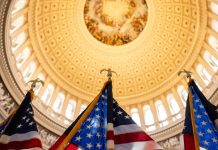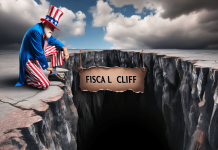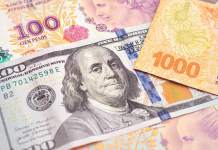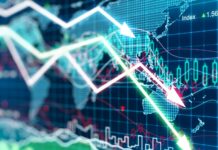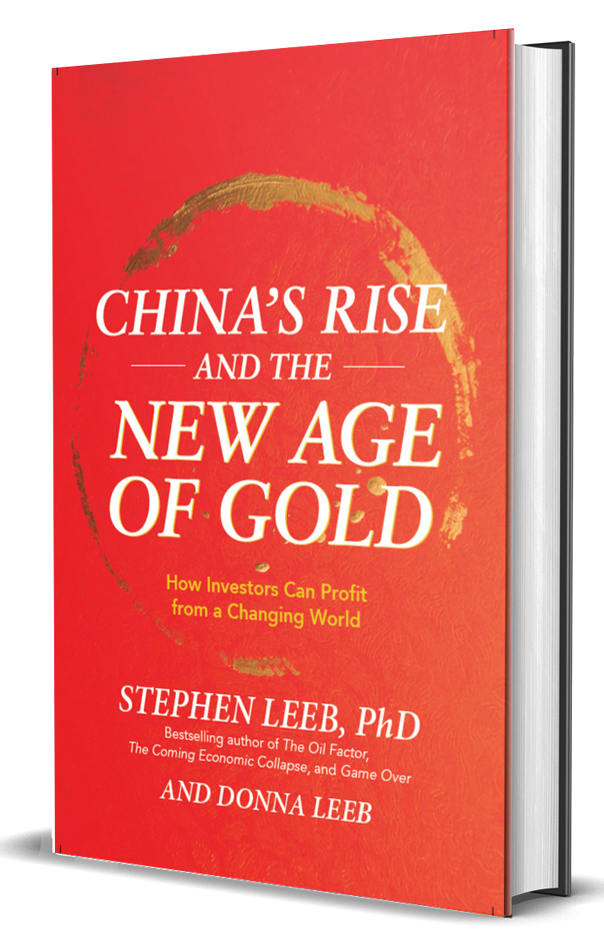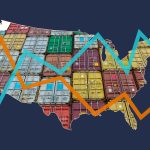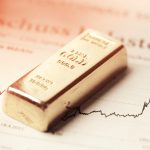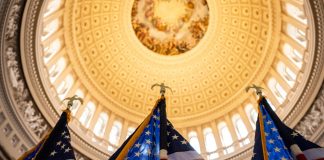
Gold Based Monetary System And The Dollar
When it comes to forecasting a gold based monetary system, I never want to be complacent, so I’m always eager to find intelligent people who disagree with me and challenge my thinking. Recently I listened to an interview with a credible gold strategist who didn’t foresee the kinds of sizzling gains in gold that I believe lie ahead. His reason: To predict sky-high gold – as distinct from making comparable predictions for particular stocks – would be tantamount to predicting a major change in the entire global economic system.
Amen. He’s right in thinking that for gold to soar into the stratosphere, it will take a catalyst that implies a major worldwide change. Where we disagree is that I believe such a catalyst isn’t far off.
The one I’ve focused on is a new reserve currency based on gold. Clearly, that implies a very different role for the dollar than the one it has today. What’s striking and revealing is how the financial markets confirm this insight into the dollar/gold relationship. While it’s true that interest rates, both real and nominal, often correlate with gold, the dollar has long been and continues to be the real driver of gold prices. Over shorter- and longer-term time frames alike, nothing correlates more closely with gold than the dollar.
Gold began to trade freely in the U.S. at the beginning of 1975, although foreign trading began earlier, after Nixon, in 1971, took us off the gold standard that had fixed gold at $35 an ounce. Between the end of 1971 and the end of 1974, gold climbed more than sixfold. At the end of 1974, the consensus was that the gains would accelerate as Americans were allowed to trade the metal on the COMEX…
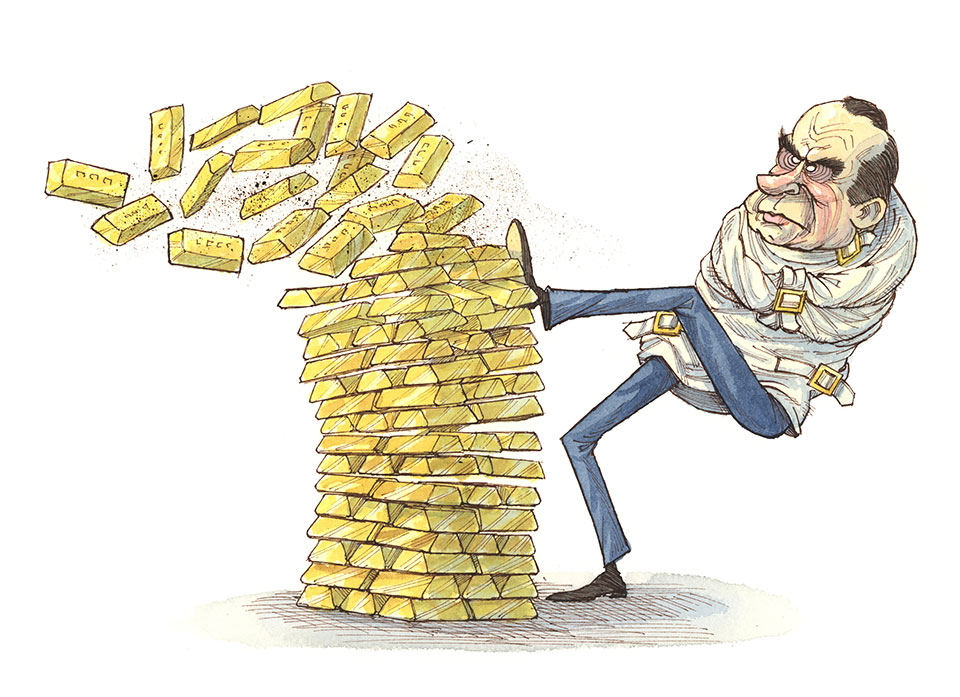
Surprise, surprise. Instead, gold’s rally faltered in early 1975 and then turned into a major correction. To explain why, there was a lot of chatter about the metal having already anticipated the entry of America traders into the market. That’s the kind of chatter you always hear when no one has any idea of what is actually going on.
What was going on? The salient fact was that gold’s rally had been accompanied by a steady drop in the dollar, which had started when the two currencies were delinked. It’s a pas de deux that has remained constant for more than half a century.
In mid-1976, gold bottomed after correcting more than 45%. The rally in the dollar that had been taking place stopped in its tracks almost to the day gold bottomed. The dollar continued to slide until early 1980, coincident with gold’s peak near $800. Then the dollar rallied through mid-1980. Along the way it taught gold votaries a bitter lesson. That lesson: In the rare instance when the dollar and gold are moving in sync, it will prove to be a trap. When stocks bottomed in August 1982, virtually all financial assets including gold took off. But while that rally in gold was powerful, it was short-lived. By the time the dollar made a major top in the first quarter of 1985, gold was trading below $300.
Jumping ahead, the historic bottom for the yellow metal occurred in 1999 in the $250 area. Gold was locked in a narrow range until the dollar topped in late 2001. Then gold took off like a rocket, reaching $1900 in 2011, which was another bottom for the dollar. Worth mentioning is that although since the start of this century gold has outperformed other commodities by a wide margin, there have been times – we are living through one of them now – in which commodities sharply outperformed gold.
Today the dollar-gold relationship is more critical than ever. Recently I’ve been staying up into the early morning hours watching the dollar so that I’ll know what gold will do. And while I’m not normally prone to suspect conspiracies, it is hard to ignore the curious fact that over the past month or so, every meaningful gain in the dollar has occurred outside of regular trading hours in U.S. markets. An exception was the big dollar rally a few weeks ago following the Fed’s comments about possibly raising rates sooner than anticipated.
In the past, J.P. Morgan and others haven’t just been accused of manipulating markets, they’ve been caught doing so and paid fines. Those transgressions mainly involved manipulating gold and silver rather than fiat currencies. But one consequence of Basel III is much less leverage in the gold market, which makes it harder and riskier to manipulate…
I don’t know whether the recent trading patterns are coincidences or actual manipulation, but I mention it because the stakes of keeping the dollar from a steep drop are enormous. A major drop in the greenback would have major consequences for the U.S.
Since the 2008-09 financial crisis, the Fed’s balance sheet has grown about fourfold to $8 trillion. Some call this debt monetization. Whatever you call it, the Fed’s purchases of debt have artificially lowered long-term interest rates. Real interest rates are now negative, meaning holders of U.S. debt are receiving a negative return after inflation. At the same time, U.S. debt held by foreigners is at a record $7 trillion, far more than any other country. And there are trillions of dollars more in debt we will need to issue – trillions more that will have to be purchased by the Fed and foreigners.
Given rising commodity prices, surging home prices courtesy of artificially low interest rates, and structural shortages of blue-collar labor, the case for higher-than-expected inflation is strong. Common sense tells us that foreigners will grow increasingly reluctant to purchase great quantities of ever-growing U.S. debt. Indeed, at some point they will be sellers. The buyer of last resort is the Fed, and that means further suppression of long-term rates and real rates that become more negative. This ugly vicious circle will be hard to avoid. An inevitable end point is a dollar that becomes ever costlier to hold. There are bad scenarios and worse scenarios, but there is no scenario in which the dollar can remain the reserve currency.
The Coming Gold-Based Monetary System
The half-century relationship between the dollar and gold that I traced above exists because gold is the only currency the financial markets regard as a rival to the dollar. The market’s message is that when the dollar fails, gold will have a major role in a new monetary system. This gold-based monetary system of the future, however, will be different from in the past. The last time the world was on a gold standard was the generation after WWII, when the U.S. enjoyed one of the strongest economic performances any country has ever experienced. This time around the world economy is much bigger and commodities are becoming scarce, which means the Bretton Woods model will have to be modified. Instead of a single currency being backed by gold, it will be a basket of currencies backed by gold. And a growing world in combination with scarcer commodities means that rather than being fixed, gold’s price will need to rise to accommodate changing conditions
A new reserve currency is inevitable. We can try to fight it, to stall for time, which is what we apparently are doing at the moment. Or more fruitfully, we could agree to cooperate with other major economies – including China – in establishing a new system. The longer we wait, the worse the probable outcome for us…
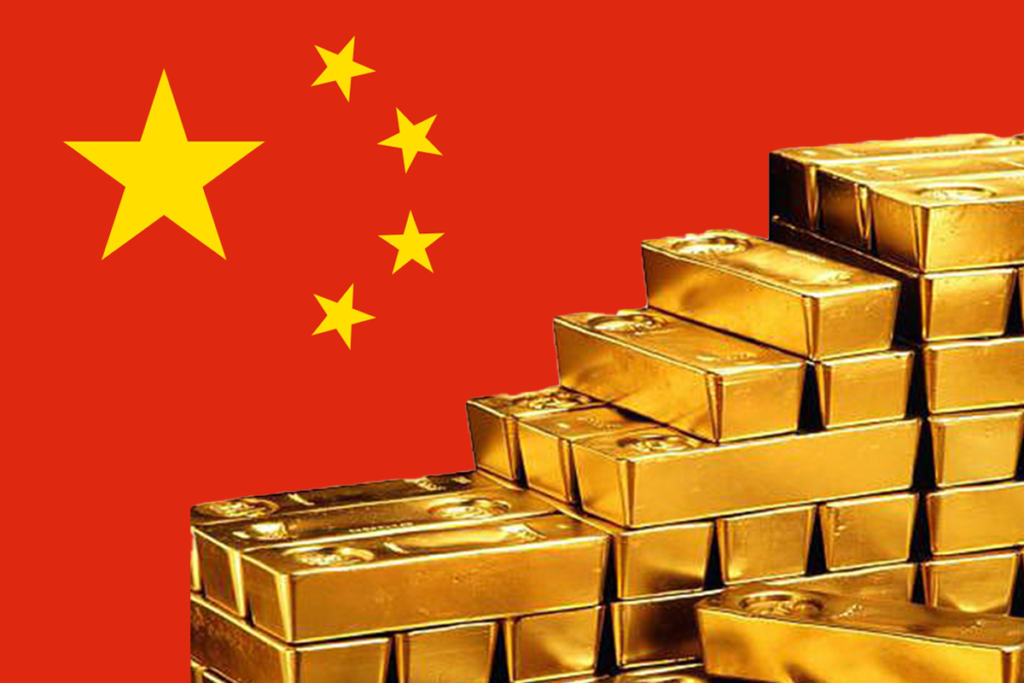
China is clearly fast-tracking its preparation for the coming inflection point. It is testing a digital yuan, which will soon become the first digital currency for a country. Thanks to advances in fintech such as blockchain, trading digitally will be less cumbersome and more reliable than current systems. And a digital yuan or for that matter the yuan itself is de facto backed by gold. Any Chinese citizen can exchange yuan for gold in the Shanghai gold exchange. Foreigners can also exchange yuan for gold on the international Shanghai exchange.
The question isn’t whether we will have a new monetary system but how soon. The train is in the station and getting ready to depart, and the longer we wait and try to resist, the less likely we will be able to get aboard as a major participant.
And whatever you might think about China, if you step back, you will see that despite its authoritarian political system, China isn’t motivated by trying to beat us. China has taken all our blows. Hardly a day goes by without our announcing another sanction. While some have hurt China, none have crippled. Even Huawei remains a market leader in critical technologies. But realize that China – other than with some rough rhetoric – has not really responded in kind. It could, if it chose, take potentially crippling actions in markets it controls – for example, shutting us out from rare earths (critical in high tech including in advanced military hardware) or withholding polysilicon, necessary for producing solar panels and most semiconductor circuit boards.
Or, most dramatically, it could strike at Taiwan – not a military assault but a crippling strike against Taiwan Semiconductor, arguably the world’s most important company and the hub of Taiwan’s technologies. Realize that 80% of an iPhone’s parts are made in Taiwan. Sabotaging the company via cyber tools or other means is well within China’s capabilities. Without Taiwan Semiconductor, Taiwan would become a shadow of itself, and it wouldn’t require military force to take it over. Also consider how willingly China accepted it when we sanctioned it from buying from Taiwan Semiconductor.
Its restraint so far suggests that China would welcome us in joining a new monetary order that could end up being a win-win. I certainly have no love of China’s authoritarian political system, and if I thought that cooperating with China in any way implies a new form of government for the U.S., I would never have given this interview. What does worry me, though, and worry me a lot, are the potential consequences to our country’s economic future and standing if we fail to cooperate.
For investors, however, the current situation points to one clear message:
Buy as much gold as you can!
